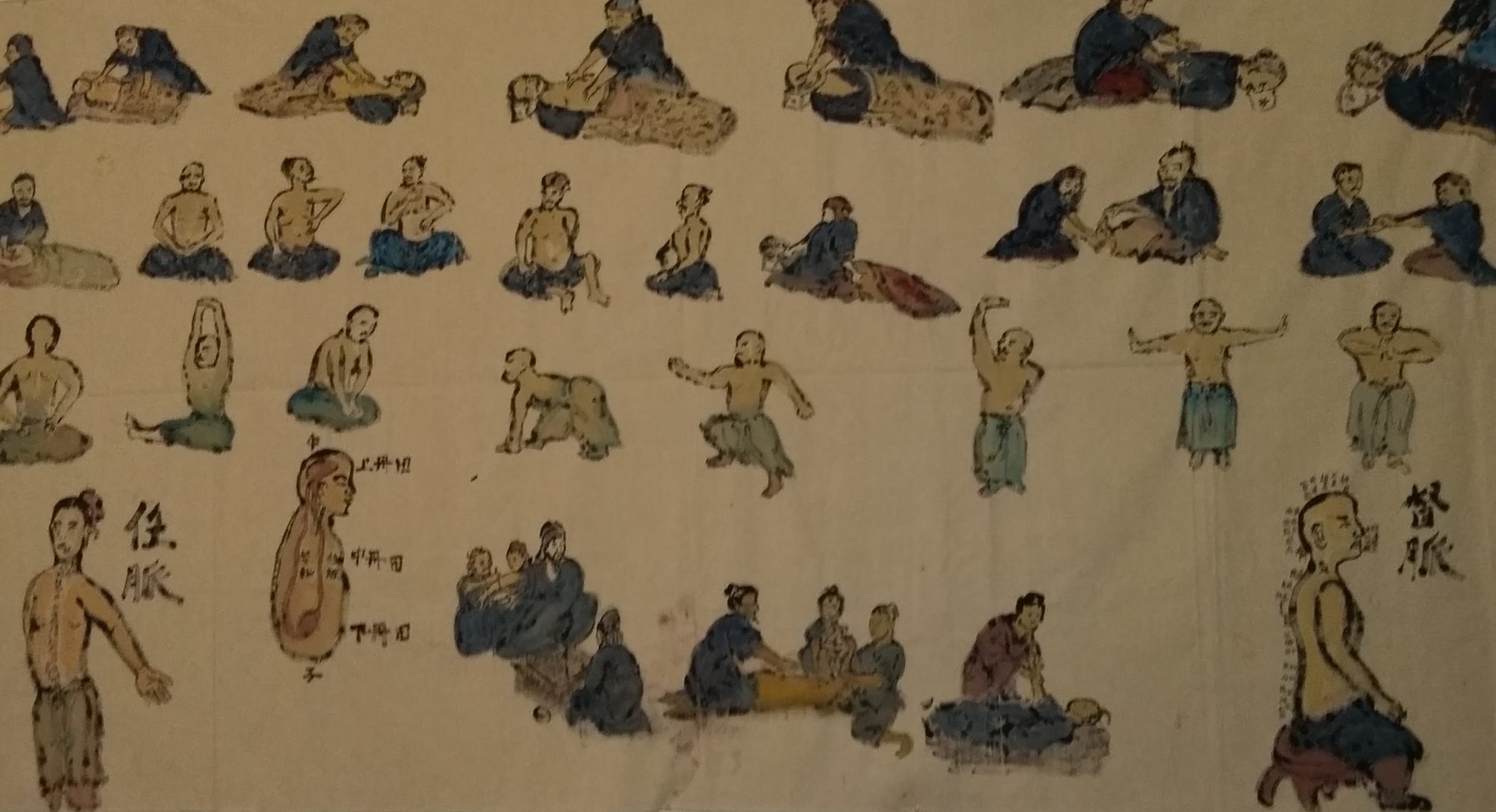Why is it important to work the neck according to the oriental concept?
The neck is the bridge between the head and the chest. In traditional oriental medicine, the head and face correspond to the Yang part and the chest corresponds to the Yin part of the body.
The neck is therefore the bridge between the Yang and Yin part. All Yang meridians arrive and leave our face and the Yin meridians leave and arrive from our chest. If a person’s neck is blocked or tense, it means that this person has a problem of imbalance in their Yang and Yin energies. From an anatomical point of view, the nape of the neck is extremely important, with two arteries passing through it, the first, the carotid artery, which is located in the anterior part, and the second, the vertebral artery, which is located in the posterior part which nourishes and oxygenates our brain.
If the muscles, ligaments or tendons of the neck are blocked or stiff, the blood can no longer pass which can give headaches, vertigo or even cerebral congestion. Obviously, the neck is a very delicate place, so you must press very carefully when handling it. In shiatsu we do not « crack », nor manipulate, the neck, we stretch the muscles, ligaments and tendons gently with slow breathing.
There are also six Yang meridians that pass through the neck, meridians of the large intestine, small intestine, triple warmer, stomach, bladder, and gallbladder.
It is possible to work your meridians without having to touch the neck and yet it will free the neck of its tension.
As much in shiatsu as in osteopathy, chiropractic or Alexander’s technique, the work of the neck is important. In shiatsu, the nape is useful in balancing the meridians. If the energy flows well between the Yang part of the head and the face and the Yin part of the chest and belly, the neck remains flexible. Flexible but also resilient.


